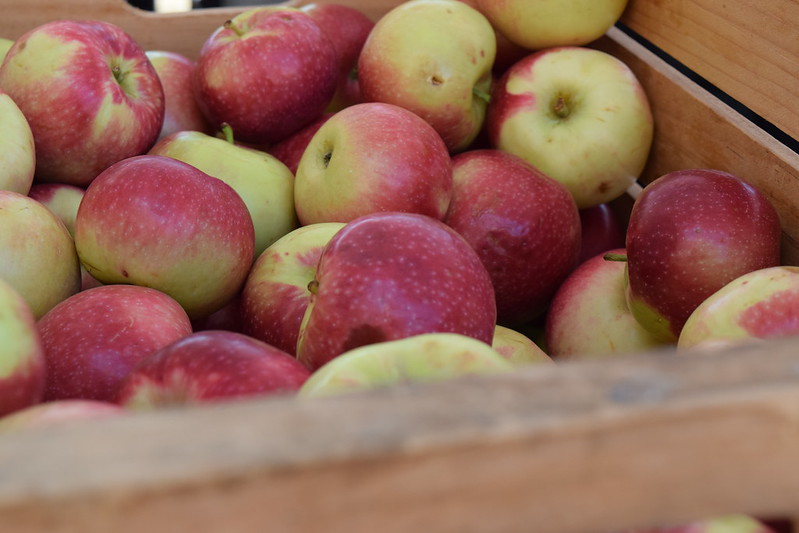
At an annual meeting of the American Association for the Advancement of Science in Washington, D.C. Saturday, Feb. 19, scientists revealed that oil from last year’s British Petroleum (BP) Deepwater Horizon spill still remains on the ocean floor.
Curtice Griffin, a professor in the department of environmental conservation at the University of Massachusetts, explained that the natural degradation of oil takes many years, because few organisms have the ability to biologically break down the particles left by the oil. Furthermore, he said the oil is very persistent, in that it doesn’t convert to other types of compounds. He cited the 1989 Exxon Valdez oil spill in Alaska, which, even after 22 years, still has left oil lingering in Alaska’s waters.
He said the oil has affected birds the most because it covers their feathers, preventing them from insulating themselves from the elements and, more importantly, flying. He also explained the oil can be ingested and even transferred to eggs during breeding season, causing mortality to chicks.
Griffin said studies have found less than 10 percent of animals affected by the oil have been determined.
According to Griffin, not only are animals being negatively affected by the remnants of the spill, but the oil is also contributing to the depletion of coastal marshes. He said coastal marshes provide a buffer from storms. Without these marshes, he said, storms could hit harder on land.
Griffin noted that the oil spill has not only had a great ecological impact, but also economic and social impacts, as well. He gave examples of the tourism industry and shellfish industry losing their much of its source of income.
Frank Csulak, a scientific support coordinator at the National Oceanic and Atmospheric Administration (NOAA), said the remaining oil at the bottom is not recoverable, due to lack of suitable technology. Csulak said the only measure that can be taken is to wait for the natural degradation of the oil by bacteria and microbes.
Debbie Payton, an oceanographer with the NOAA emergency response division, said the oil at the bottom of the Gulf has mixed with debris and sand and is widely dispersed throughout the ocean. She also said that because it is so widely dispersed, there is no way to measure its volume at this point.
Payton also said going down to where the remaining oil is would cause more damage to the ecosystems, with what she said would be an invasive process to the life at such depths. The oil on the surface of the ocean was easier to recover, since it was much more concentrated, she added.
“This is a massive spill; people want answers and restoration and everything right away,” she said. “It’s going to be a while before people really understand what the restoration will be,” Payton said.
The natural degradation of the oil at the bottom of the Gulf could be delayed due to two factors, Payton said. She explained that the deeper the body of water and the colder the temperature becomes, the lower the degradation rate from microbes. She also attributed slower degradation to oil being mixed in with sand and debris which she said makes it more difficult for the ocean’s microbes to break down the oil.
Csulak said there is no official estimate on how long the breakdown of the remaining oil will take.
“This is the first time we’ve had a spill of this magnitude,” he said.
According to the Operational Science Advisory Team (OSTAT-2), there are three types of remaining oil residue which are not only challenging to remove, but the removal could be damaging to the ecosystem. These types include supratidal buried oil, small surface residue balls and submerged oil mats. Both Csulak and Payton noted the submerged oil mats pose significant problems in that oil mixed with sand becomes heavier and sinks to the bottom.
Csulak mentioned that hundreds of miles of beaches near Florida, Alabama, Mississippi and Louisiana were affected by the oil spill. He said a priority with oil near the shore now is to make sure beaches are clean not only for tourists but also for migrating birds and turtles laying eggs. He said March 1 is a deadline for cleanup on the beaches, since that is when migration activity starts.
According to Csulak, there are two phases at work for responding to a disaster such as the BP spill. The first phase is the response phase, which involves the cleaning of the beaches and the removal of the recoverable oil. He said recovery teams are currently in the second phase, which is the natural resource damage assessment phase responsible for examining the extent of the damage and how to restore the injured resources.
Csulak said crews are currently in the pre-assessment phase of the natural resource damage assessment phase. In this phase, state and federal agencies, along with BP, are collecting data from dead mammals and water samples to attempt to uncover the extent of the impact and how long it will last. He also said the pre-assessment process will attempt to find how long it will be until the resources and services return to pre-oil spill conditions.
Csulak added that the cost of the process will be paid by the party responsible for the accident, BP, and the restoration implementation stage might take five to six years to commence.
Nancy Pierce can be reached at [email protected].






